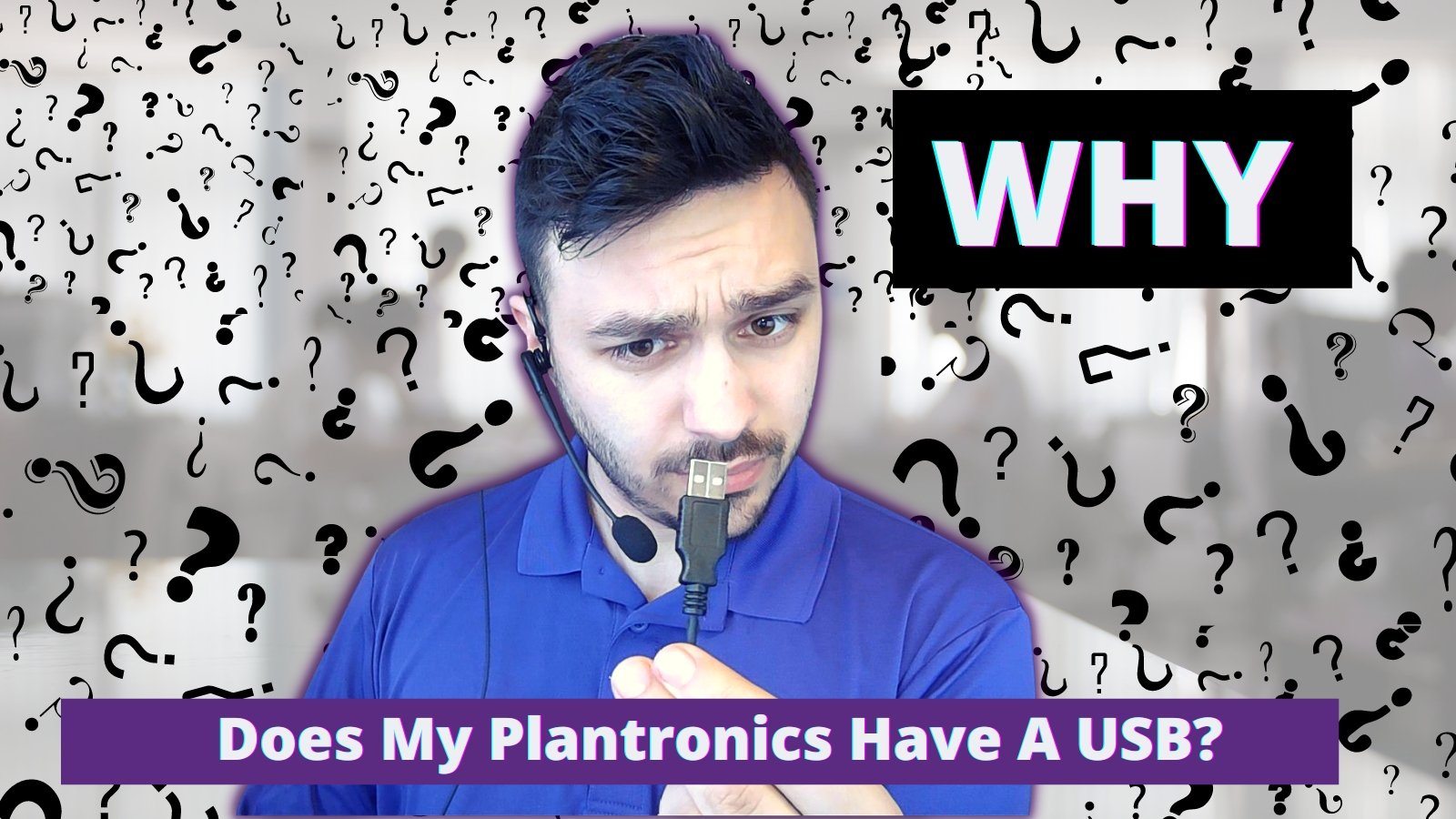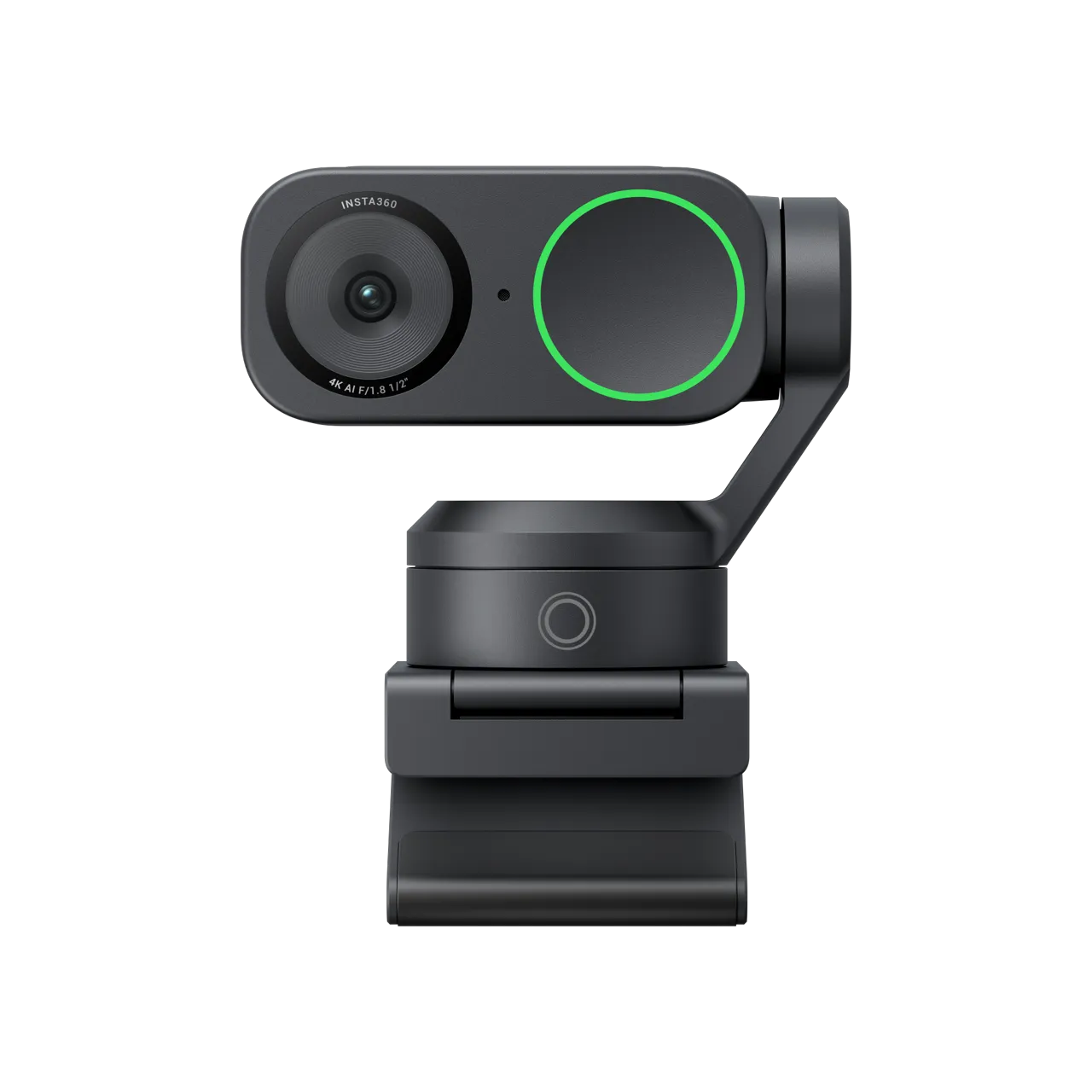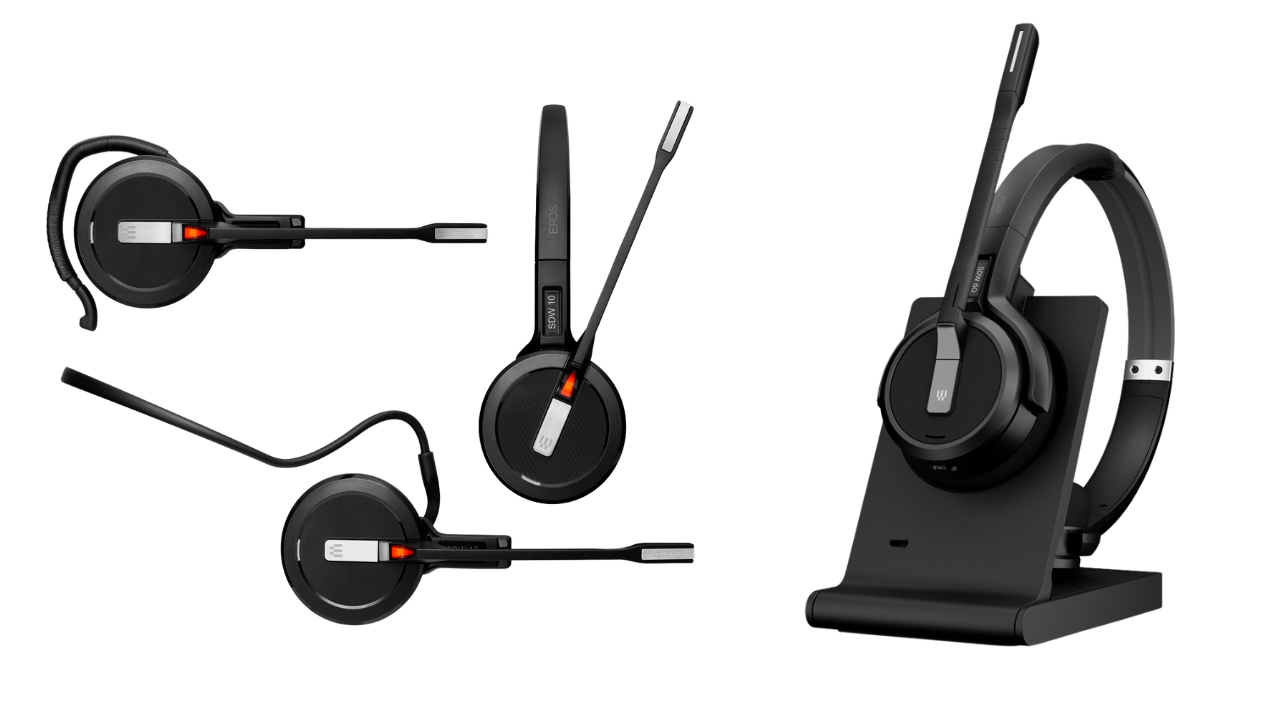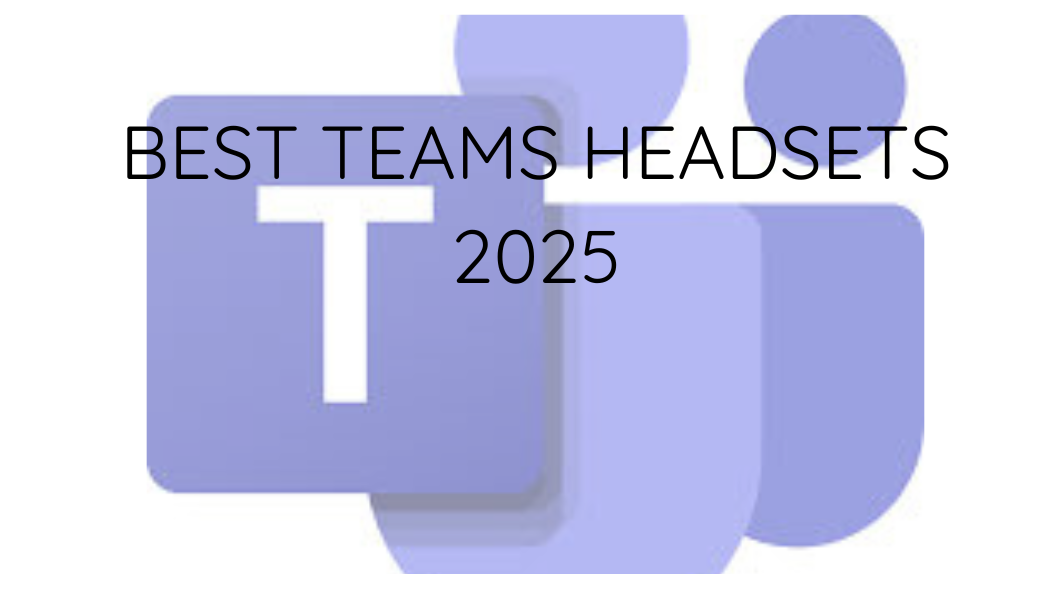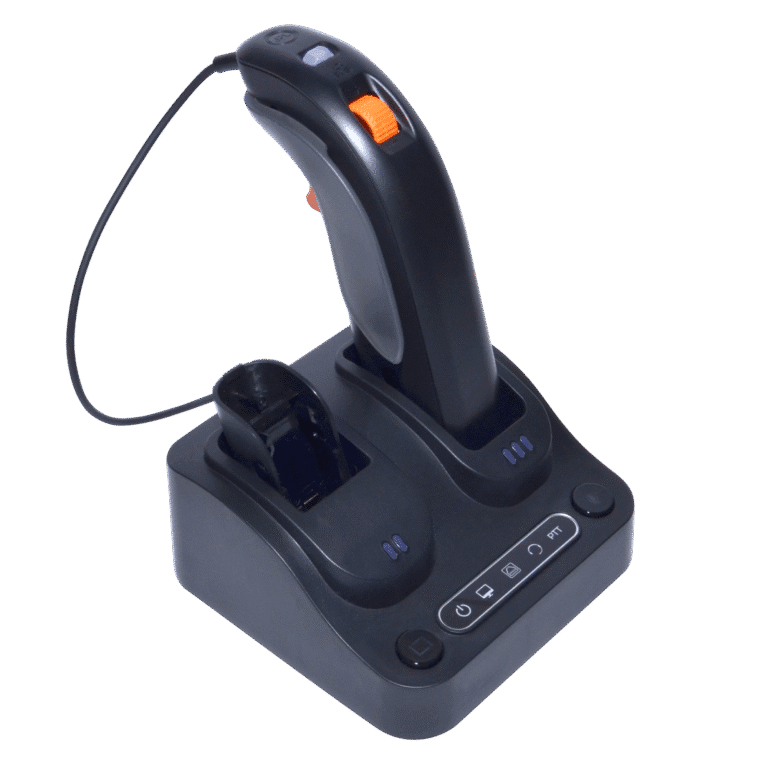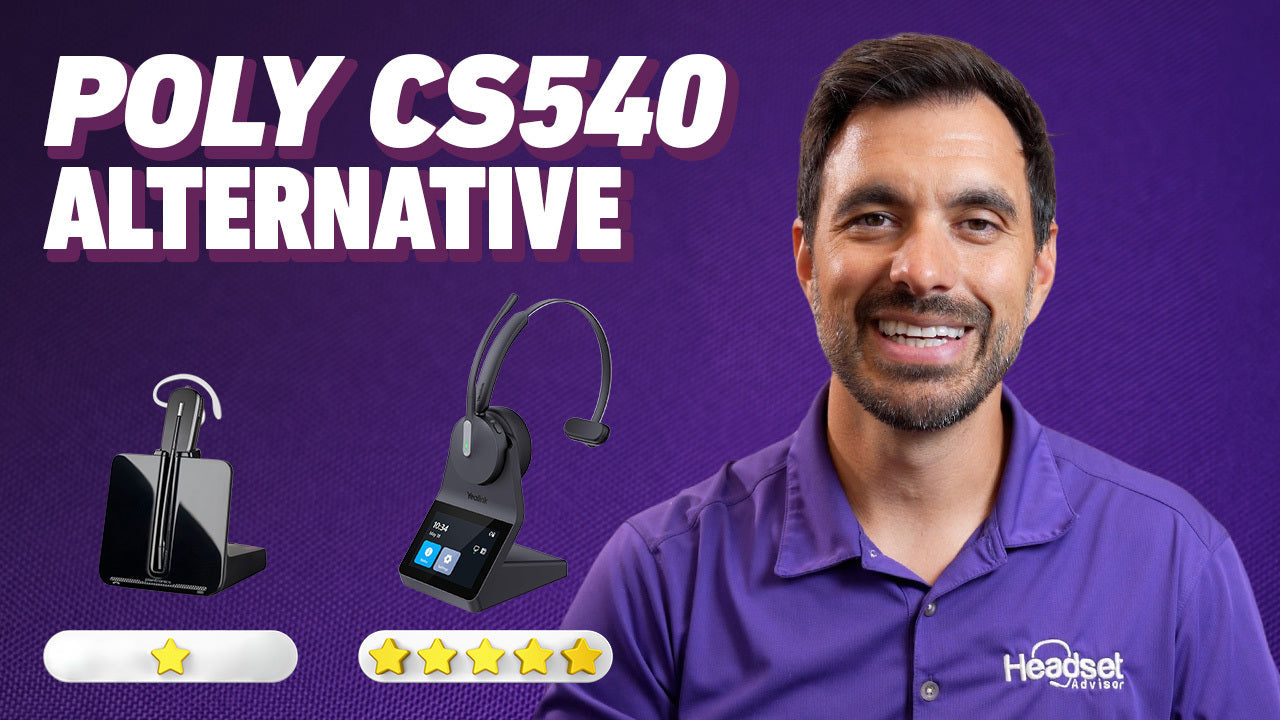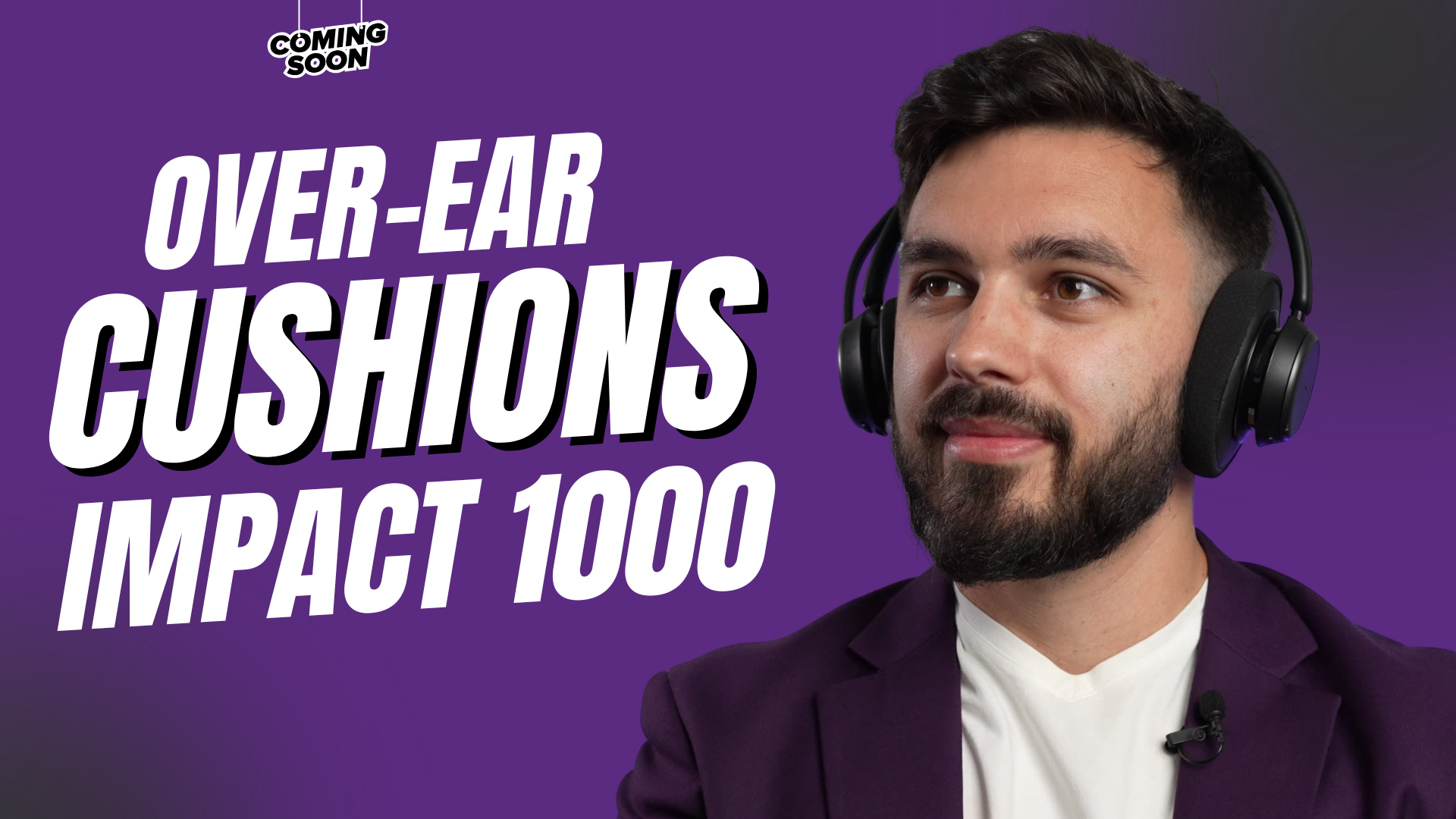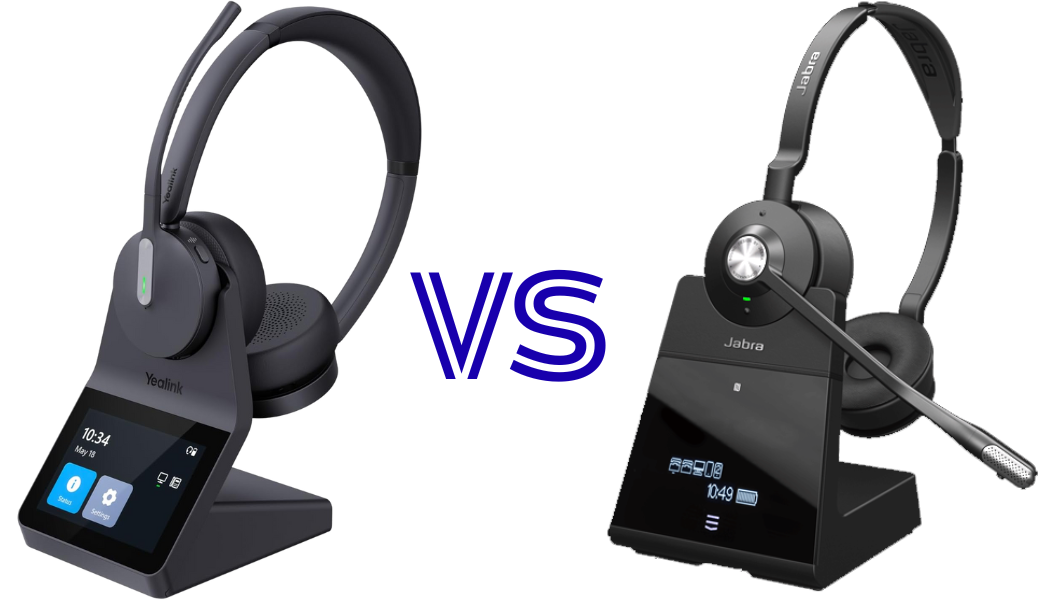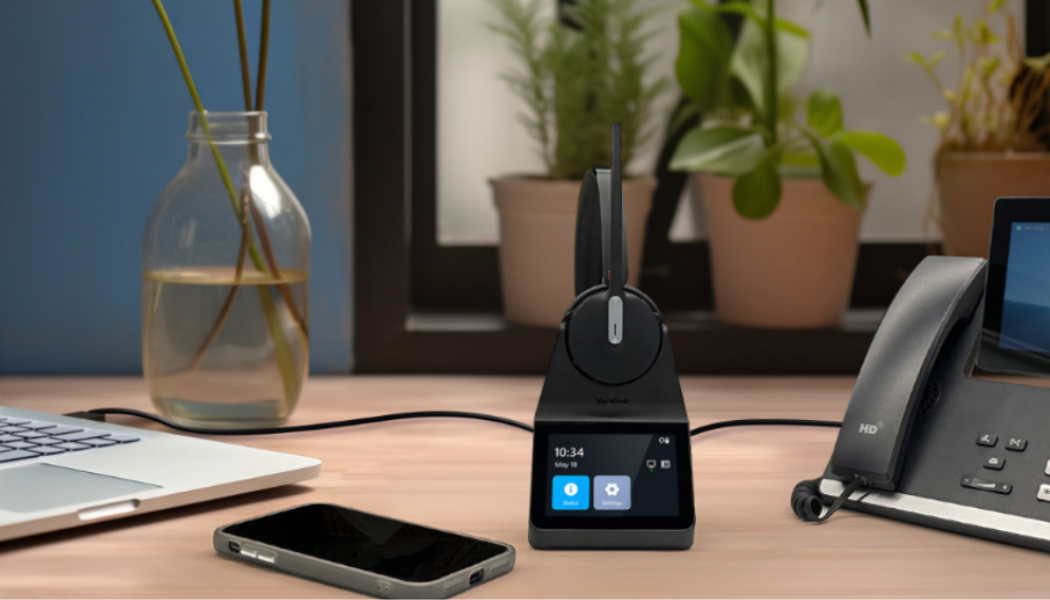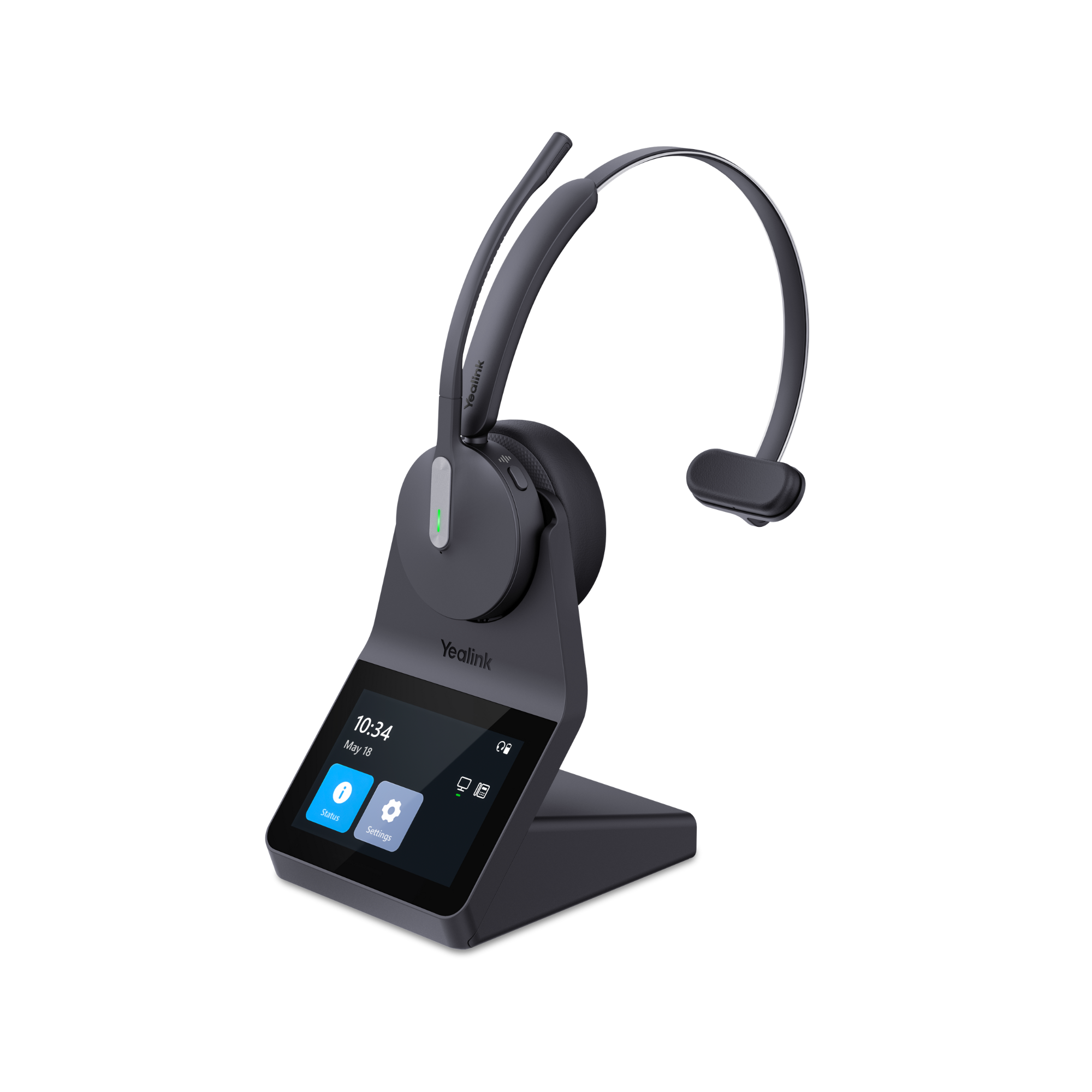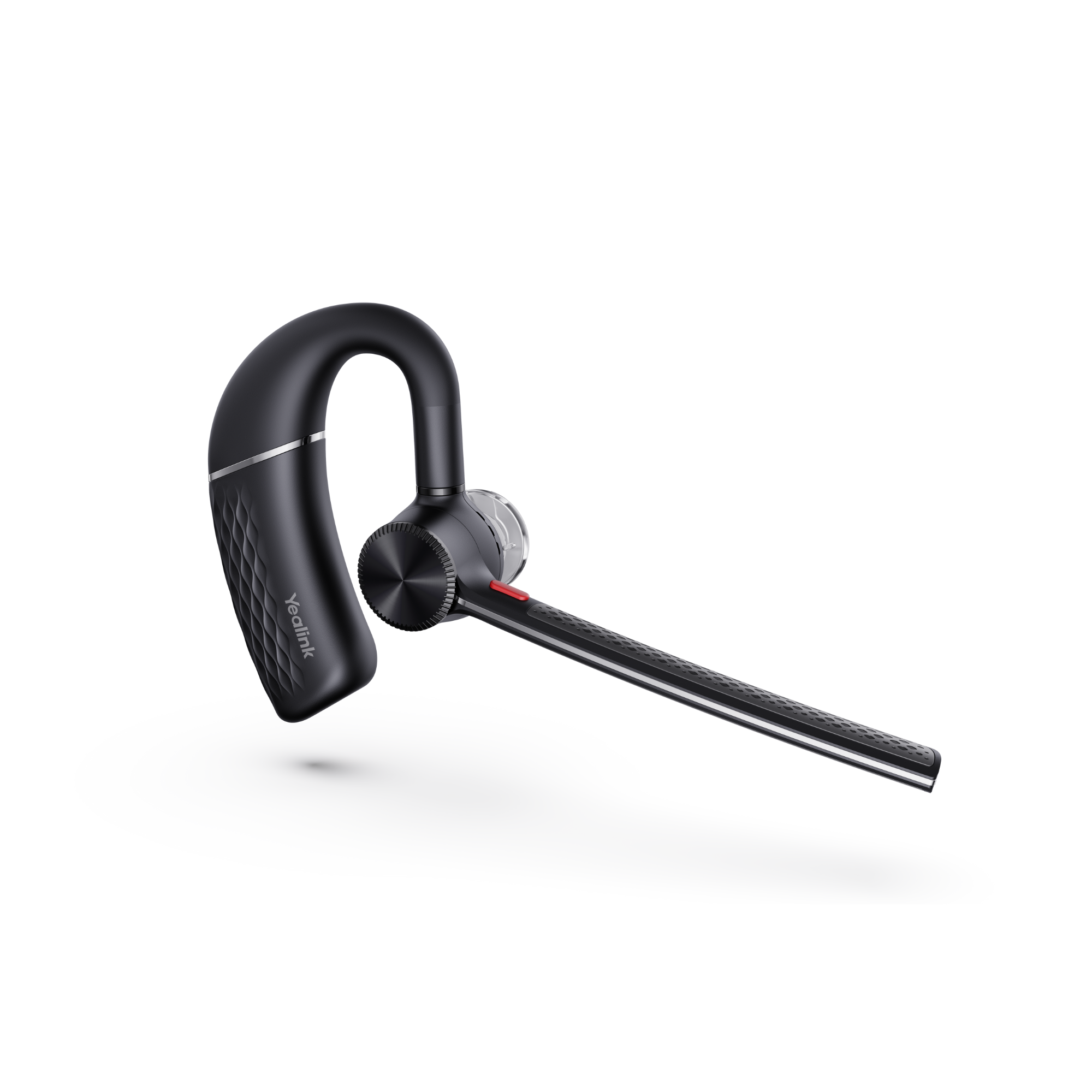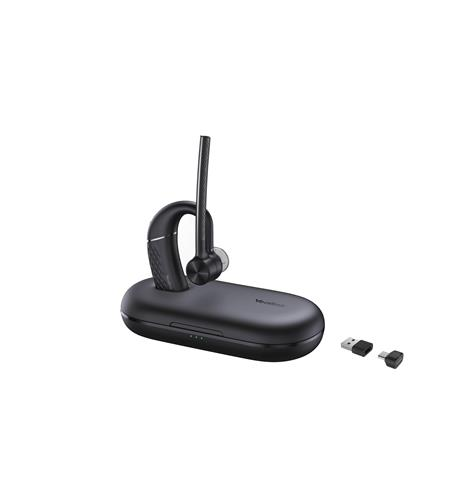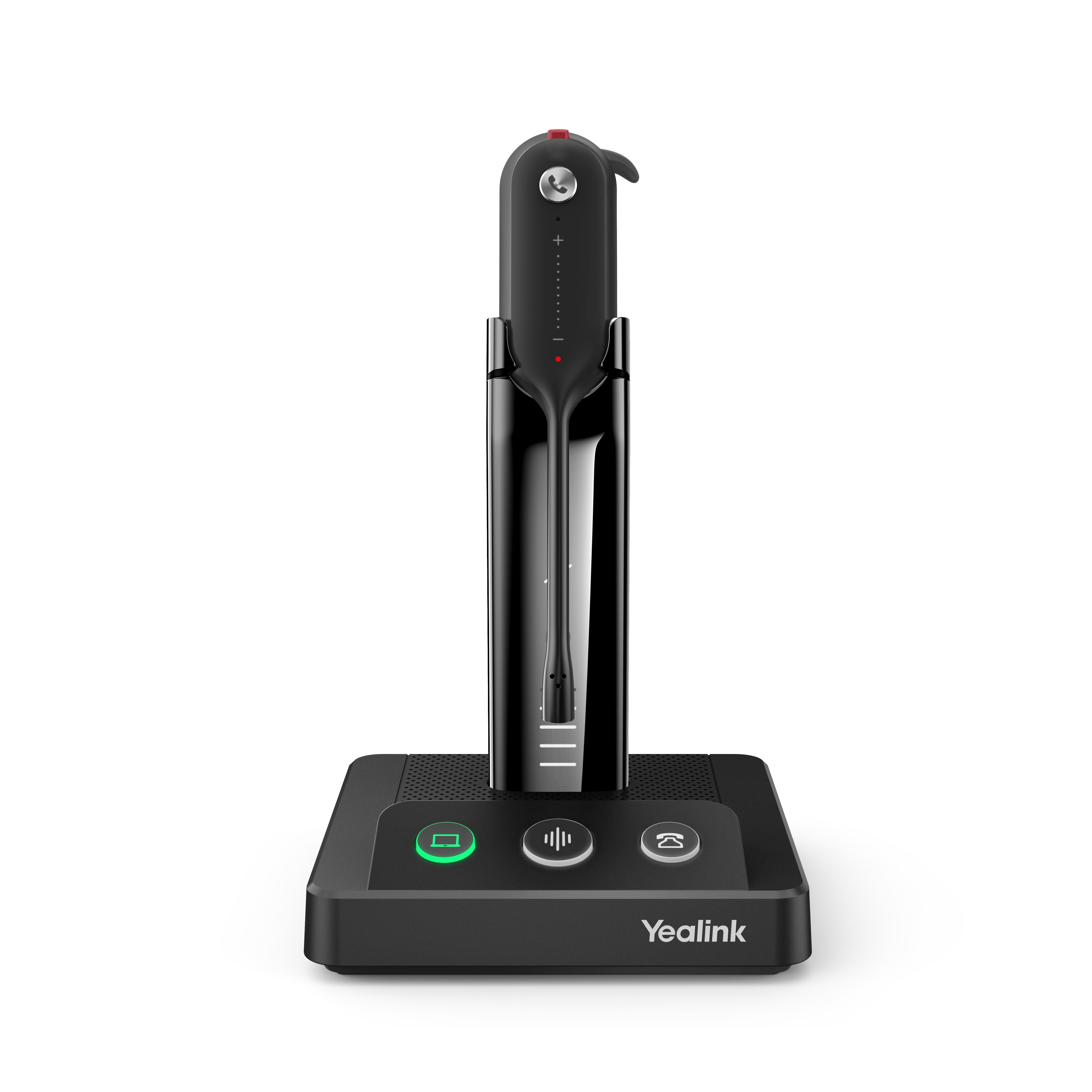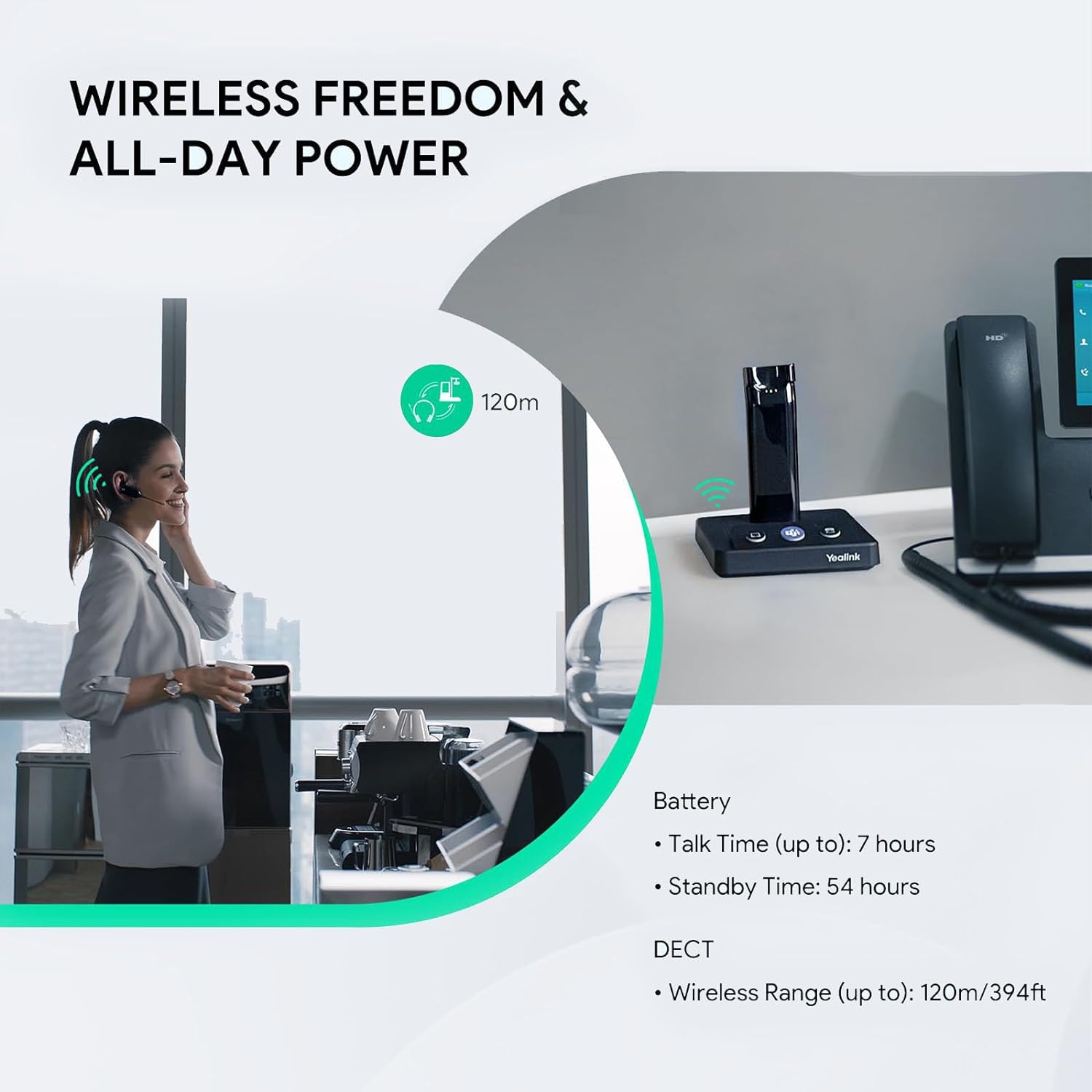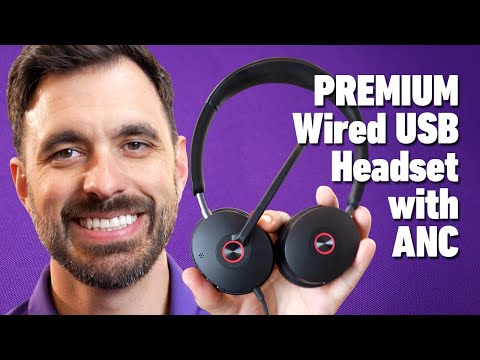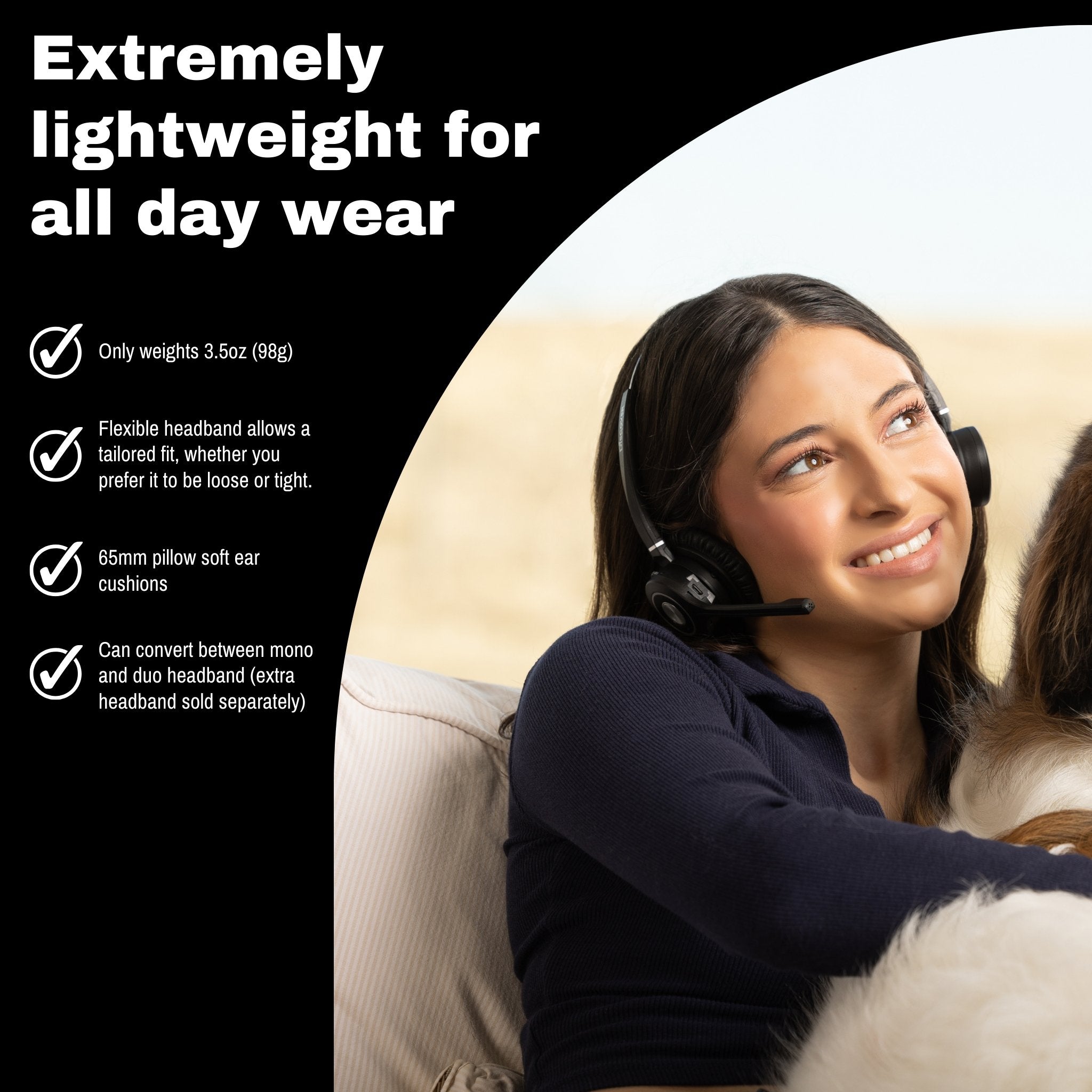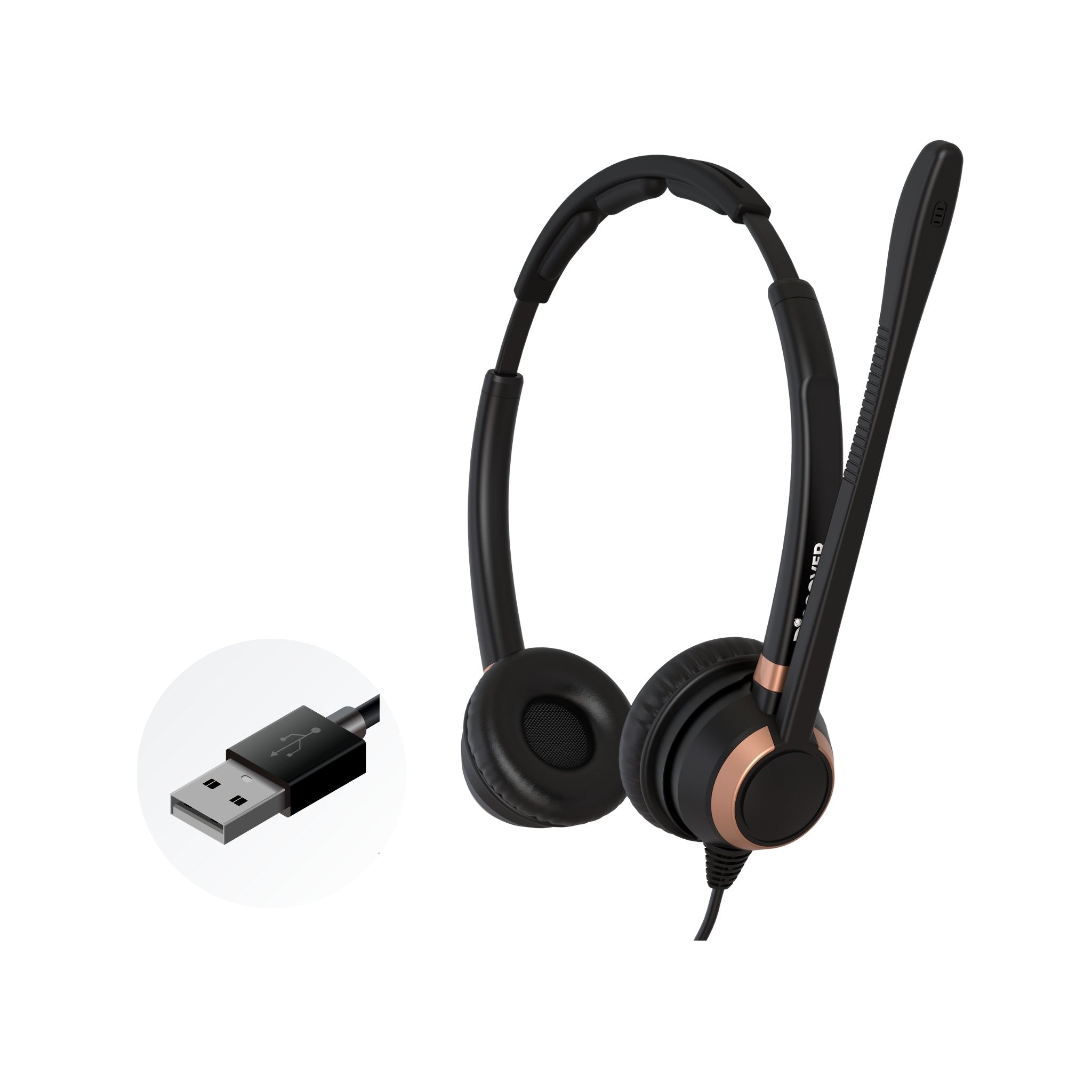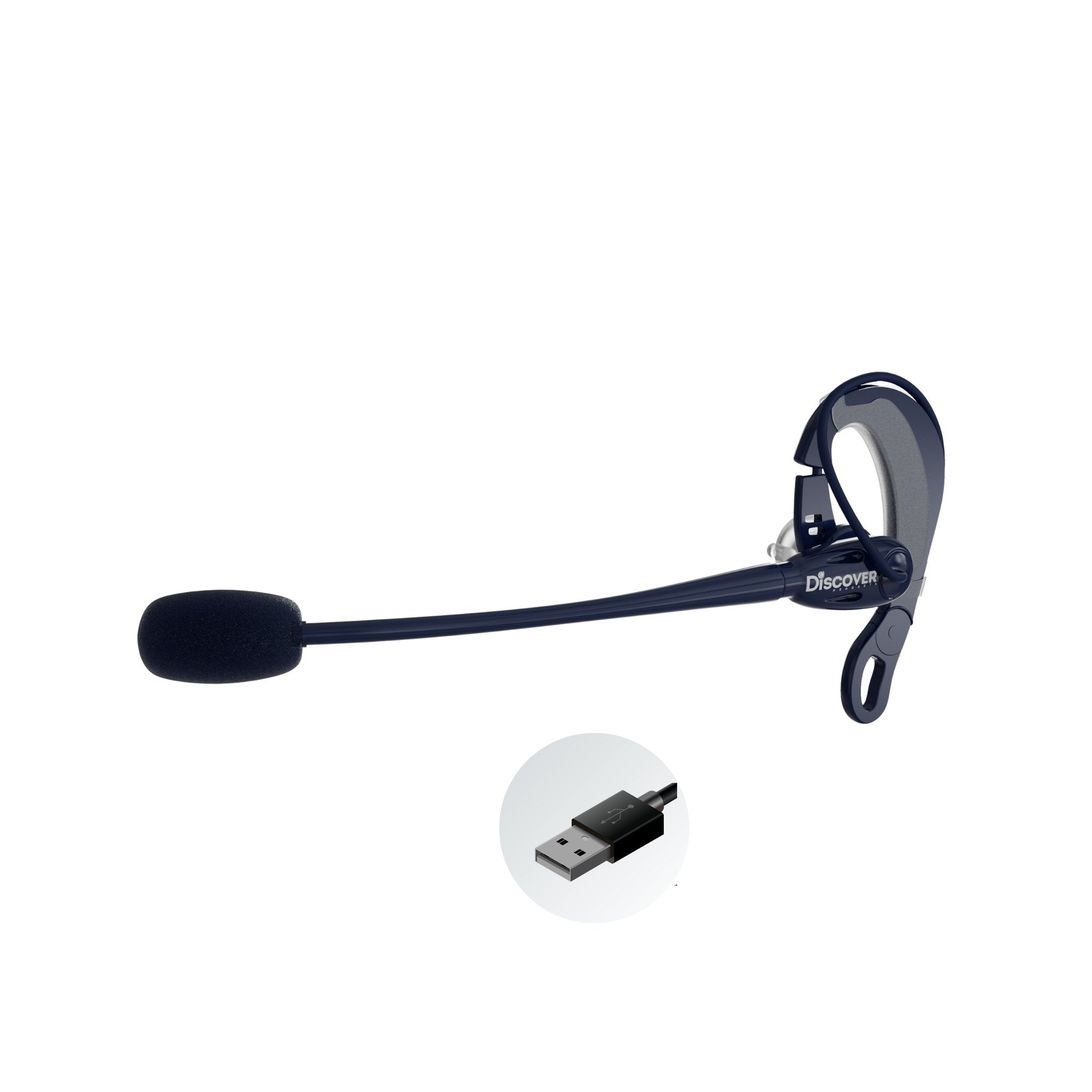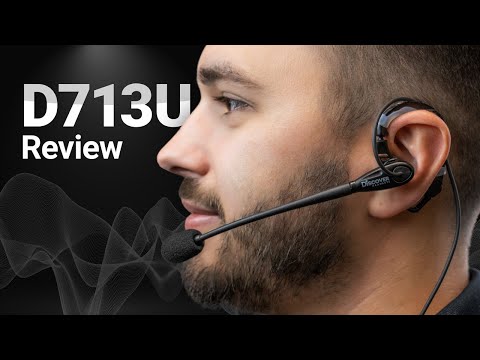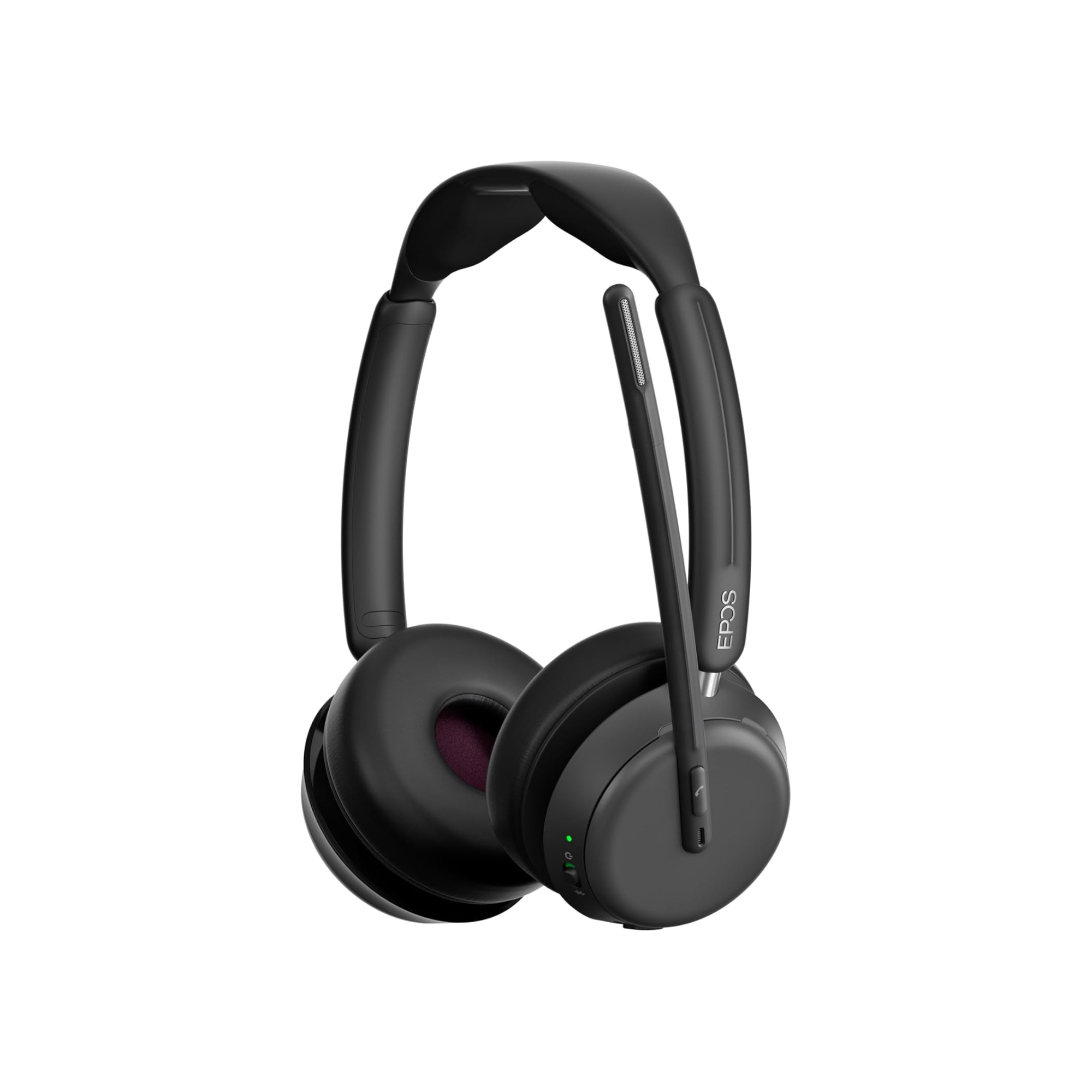If you purchased a new headset or were issued one, and you see it has a USB connector, you might be asking yourself why does it need to connect to USB?
After all, headsets normally connect to mobile phones or even office desk phones.
Before the pandemic of 2020, and even more so during it, there’s been a gradual shift towards headset being used via USB connections on a computer. It’s reasonable to ask the question: what's the application? Why would someone use a headset with a computer?
Technology is driving this trend. For example, if you go back 10-20 years, you’d see it was extremely common for office communications to be performed using a traditional desk phone.
These desk phones used copper lines provided by the local phone company. Desk phone usage began to give way to phones that made their connection via the internet versus through traditional landlines.
The next shift is currently underway in earnest. The term Softphone is fast becoming a household term within business. Phones are now housed within your computer as are the features normally associated with a traditional phone system such as mute, transfer, hold, voicemail etc.
So, this fundamental shift in phone service technology to computer based communications leaves you to ask how do you talk if there’s no phone receiver? That’s where headsets come into play.
In order to take advantage of the cost savings associated with Softphone technology and voice services carried over the internet, you need a USB device (headsets in this case), to hear and be heard.
Most headsets, right out of the box, are plug and play. Plug the USB connector into the USB port on your computer, and the rest is automatic. Launch your Softphone application and you’re ready to smile and dial.
Zoom me up Scotty
The other key driver for using Plantronics USB headsets is the massive explosion of desktop video conferencing. With the Covid pandemic of 2020, office workers were dispatched to work from home in order to help contain the spread of the virus.
In order to help keep people connected and collaborating, Zoom video conferencing saw a steep rise in the number of people across the country using their video platform.
Headsets are needed when using a Softphone, but headsets are also needed when using desktop video conferencing. Some would argue that they can use their computer speakers and a separate microphone.
Though that is an option, it’s a poor one. Poor from the standpoint of sound quality and poor from the standpoint of privacy. The simple and easy fix is to use a headset that was made for these exact needs. And to be fair, headsets do a great job to deliver great sound quality while keeping your conversations away from the ears of others.
Whether you use a Plantronics USB headset, Jabra USB headset or Discover model, you have many choices of makes and models, even wireless USB headsets. Before going into wireless USB headsets, let’s take a quick look at those that have a wire.
Wired USB headsets
A Plantronics headset, and others will offer a few different wearing styles. For example, you can select from an over-the-head wearing style with an ear cushion that covers one ear (leaves the other ear to hear what’s going on around you). Or, you can select a model that covers both ears if you want to block out unwanted room noise.
You can even select a model that goes over the ear rather than over the head. The point here is you do have choices in wearing styles even if the headset will be connecting to a computer rather than a traditional desk phone.
Here’s what a typical USB headset looks like
You’ll notice that on the headset cable, you have a small control unit for making adjustments. This allows you to raise the hearing volume, lower the hearing volume, mute the microphone and answer/end the call. The cord length may vary from model to model, but most provide sufficient cord length to allow for normal movement.
Noise distracting you?
If you discover that there’s noise in your work environment and it’s distracting you, there are remedies available. One way to better deal with this is by having a USB headset that has oversized ear cushions that helps to block out some of that unwanted noise. Here’s an example of one headset designed for this purpose.
Unlike wireless USB headsets, wired models don’t require technical support in order to get them up and running. Plug them into your computer USB port and you’re off to the races.
Wired headset warranty
As a general rule of thumb, wired headsets carry longer warranties compared to wireless models. Typically, the warranty for a good quality, commercial grade wired USB headset, such as a Plantronics headset, would come with a 2-year warranty. Some brands may offer a 1-year warranty, while others, such as the Discover brand, offer a full 3-year warranty.
Headset Microphone
Headset microphones vary. Some help to reduce unwanted background noise, while others don’t. If you work in a quiet area without distracted background noise, then a headset with a non-noise cancelling microphone would likely be fine.
However, the majority of office workers do have distractions taking place in their work environment. This helps to underscore the need and importance of having a USB headset that has a noise cancelling microphone. You want your calls to be crystal clear so a professional image is established and maintained.
It’s very annoying to receive a call from someone only to hear a bunch of distracting noise from their workplace.
USB Wireless headsets
For those who prefer a headset without wires, there are models available for USB usage that are fully wireless, including Plantronics USB headsets. Here’s one example of a Plantronics USB wireless headset
Some models, such as the Plantronics wireless headset in the link above, can connect to a computer via USB, but they can also connect to traditional desk phones as well as mobile phones. Other models are available that connect to computers only. You have a lot of choices when it comes to selecting a headset for use with your computer.
Connecting a Plantronics wireless headset does require a few steps. But, most manufacturers provide good documentation that helps with the setup. Otherwise, you can always contact your headset provider for further assistance.
Uses for your Plantronics USB headset:
- Webinars
- Phone calls
- Listening to voice messages
- Video conferencing
- Listening to music
- Recording voice greetings and other audio applications
Whether you use a Plantronics USB headset, Jabra or Discover, you should expect it to connect easily, sound great, have a solid warranty, be comfortable and reliable as well as be backed up by a reputable company.
Does this sound like you’d be asking for too much? Not at all! You should expect to receive this and more. If not, you might just have the wrong product and you might be dealing with the wrong company.
You deserve to have the best, so don’t compromise when it comes to getting that perfect headset.

